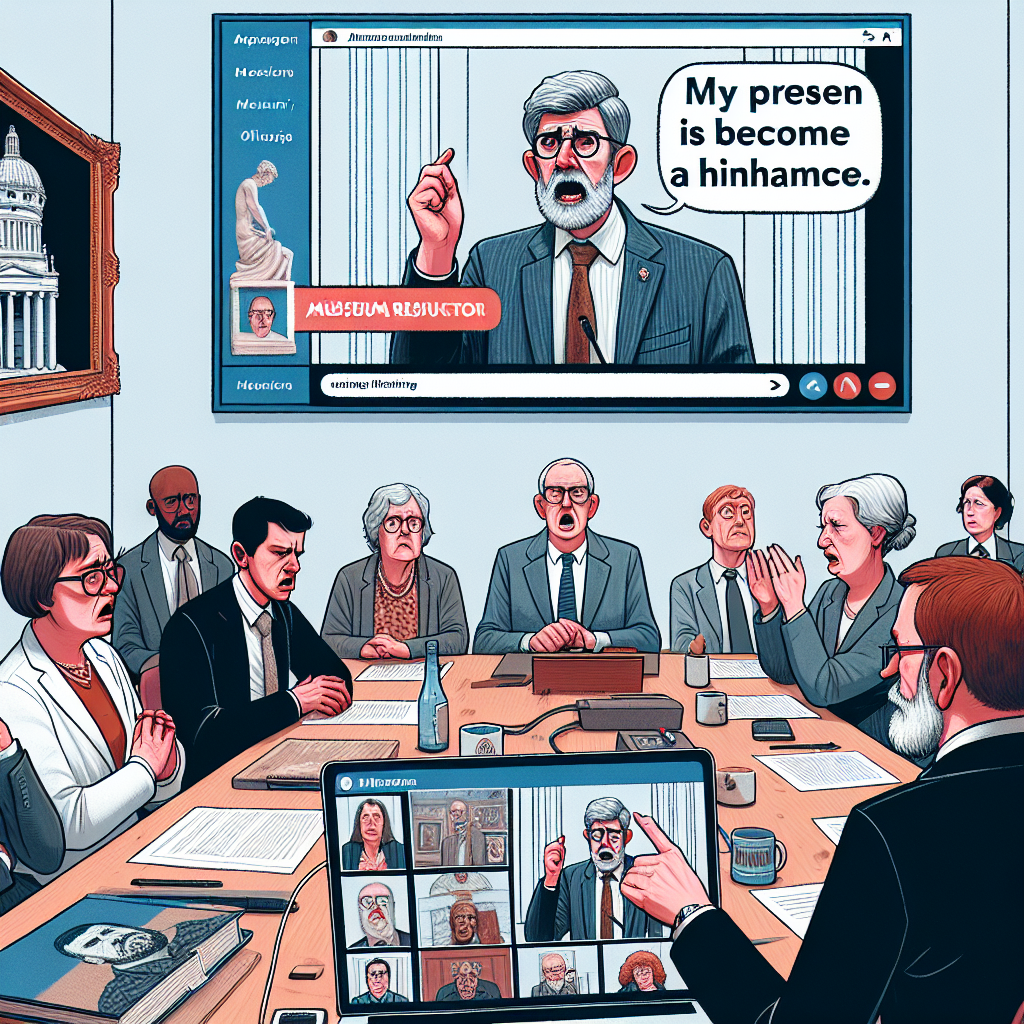On Friday, June 13, Kim Sajet announced her resignation as the director of the National Portrait Gallery, a branch of the Smithsonian Institution. During a Zoom meeting with over 50 participants, she explained that her presence had become a hindrance to the Smithsonian fulfilling its mission.
In an email to staff, Smithsonian Secretary Lonnie G. Bunch III expressed gratitude for Sajet’s contributions, noting that she always prioritized the interests of the museum over her own, which was greatly appreciated.
Sajet was the first female director of the museum and served in her role for 12 years.
Previously, on May 30, former President Trump announced on the Truth Social platform that Sajet would be dismissed, citing her strong partisan views and staunch support for DEI (Diversity, Equity, and Inclusion) as not aligning with her position. Despite this, Sajet continued working as usual in early June, leading to a standoff between the White House and the Smithsonian Institution.
The Smithsonian Institution released a statement on Monday, reaffirming its status as an independent entity with the authority to make personnel decisions, without mentioning Sajet or the Trump administration.
White House spokesman Davis Ingle responded to Sajet’s resignation by stating, “President Trump made it clear on his first day in office that dangerous anti-American ideologies have no place in our government and institutions, thus he ordered the dismissal of Kim Sajet. The Trump administration is committed to rebuilding a great America and celebrating our proud history.”
In March, Trump signed an executive order declaring the need to “purge improper ideologies from Smithsonian-affiliated organizations,” prohibiting exhibitions or events that “denigrate American values, promote racial division among Americans, or advocate projects or ideologies inconsistent with federal law and policy.” The executive order also called for Vice President and Smithsonian Board member JD Vance to conduct a review of the Smithsonian Institution, citing its influence by “divisive, race-centered ideologies.”.
Following Trump’s initial announcement of Sajet’s dismissal, the White House provided 17 pieces of evidence, including Sajet’s donations to Democratic presidential candidates and past interviews regarding expanding diversity representation in galleries, alleging these evidence supported the president’s accusations against her.
In a 2015 interview with The Washington Post, Sajet stated, “Nothing is impossible to change, let’s see how we can break the hierarchy, experiment, and pilot.”
(Reference: POLITICO, The Washington Post)

